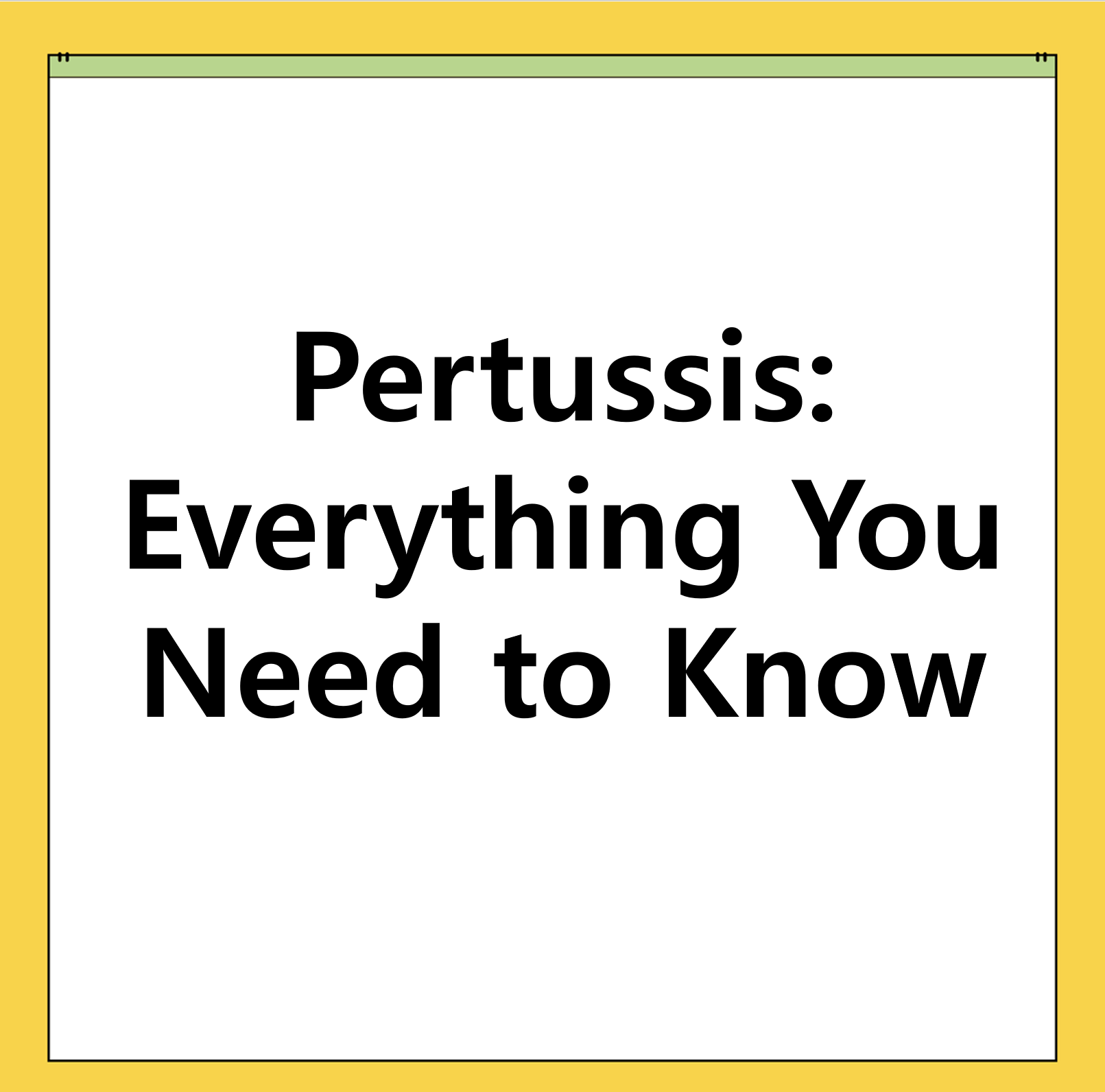
Pertussis, also known as whooping cough, is a highly contagious respiratory disease that can be particularly dangerous for infants and individuals with weakened immune systems. In this article, we’ll explore what pertussis is, its causes, symptoms, treatment and prevention methods, and possible complications.
1. What is Pertussis?
Pertussis is an infectious respiratory disease caused by the bacterium Bordetella pertussis.
- Seasonality: It tends to occur more frequently in summer and autumn.
- Contagiousness: Extremely high, with secondary infection rates within families reaching up to 80%.
- Risk Groups: The disease is especially lethal for infants under 1 year of age.
- Current Situation: Although vaccinations have significantly reduced incidence rates, pertussis remains a serious public health concern.
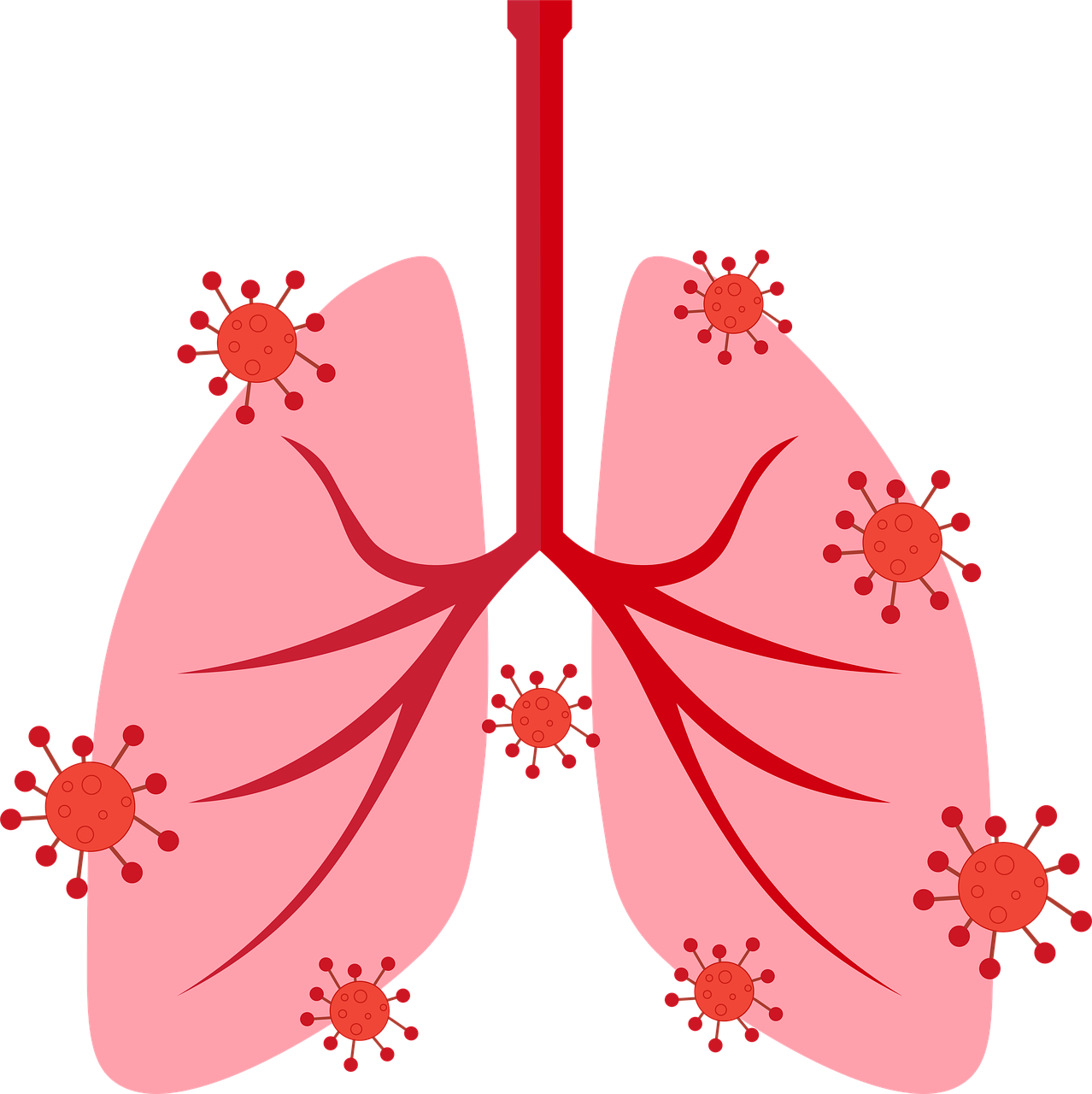

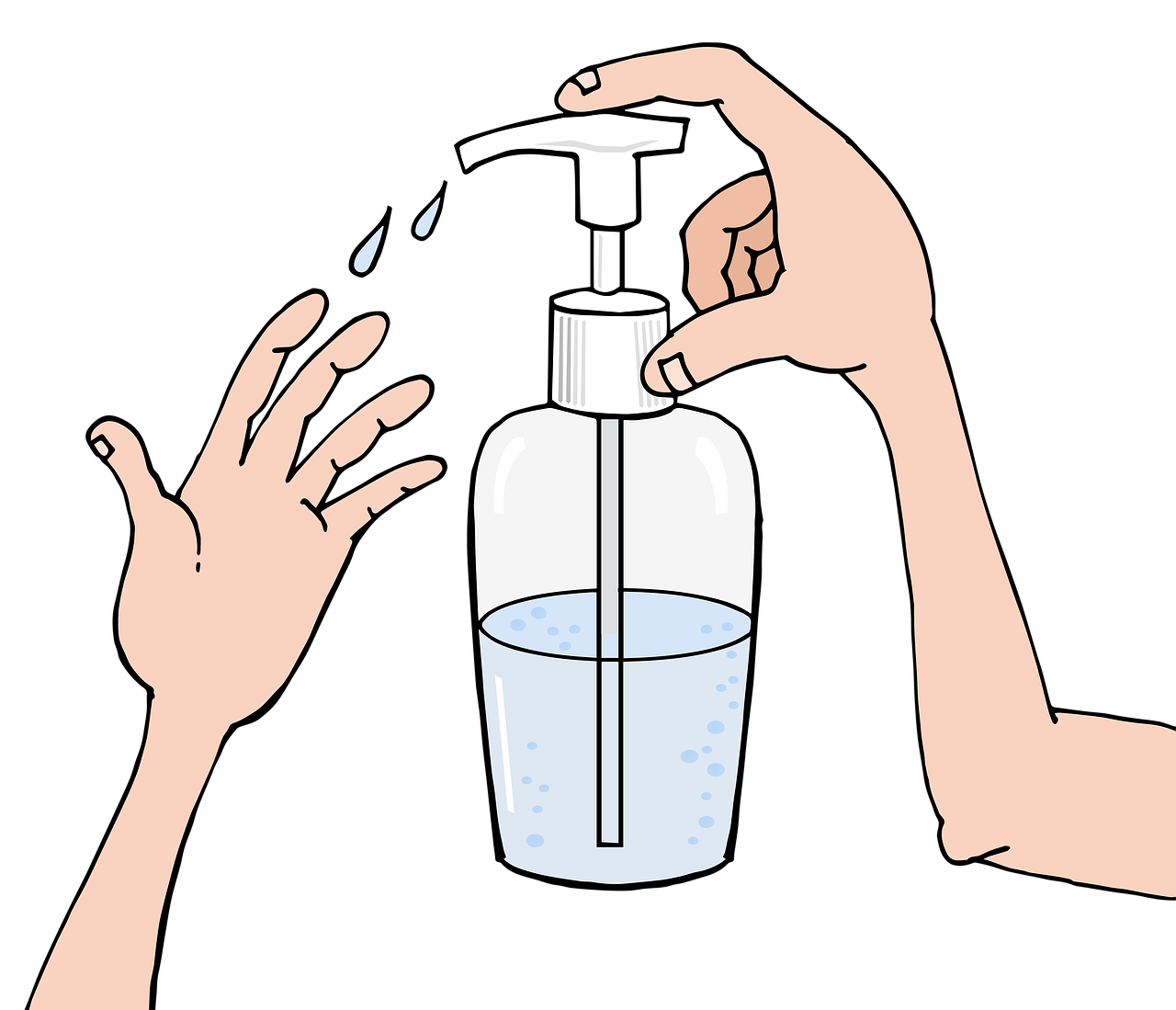
2. Causes of Pertussis
Pertussis spreads through direct contact with infected individuals or droplets produced when an infected person coughs or sneezes.
Main Modes of Transmission:
- Close Contact: Transmission rates are particularly high within families.
- Asymptomatic Carriers: Older children and adults can unknowingly serve as sources of infection.
- Chronic Cough: In adults, pertussis may be an overlooked cause of prolonged coughing.

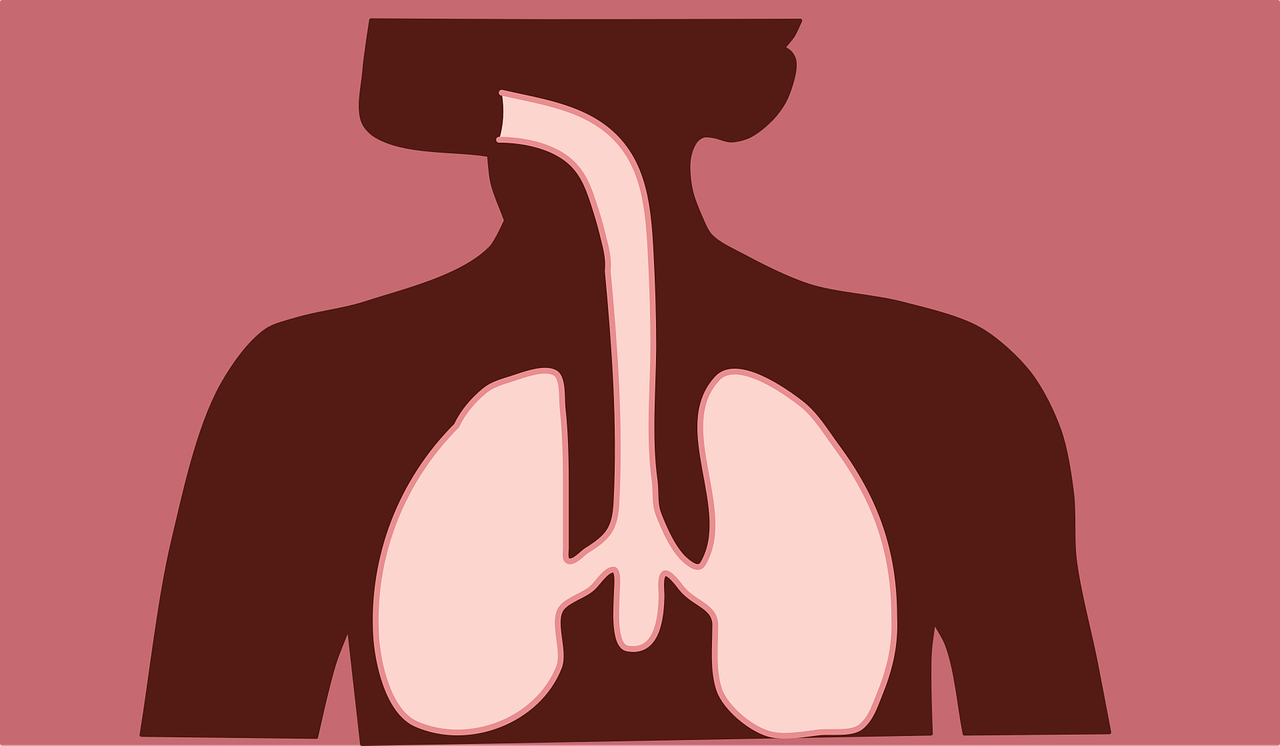
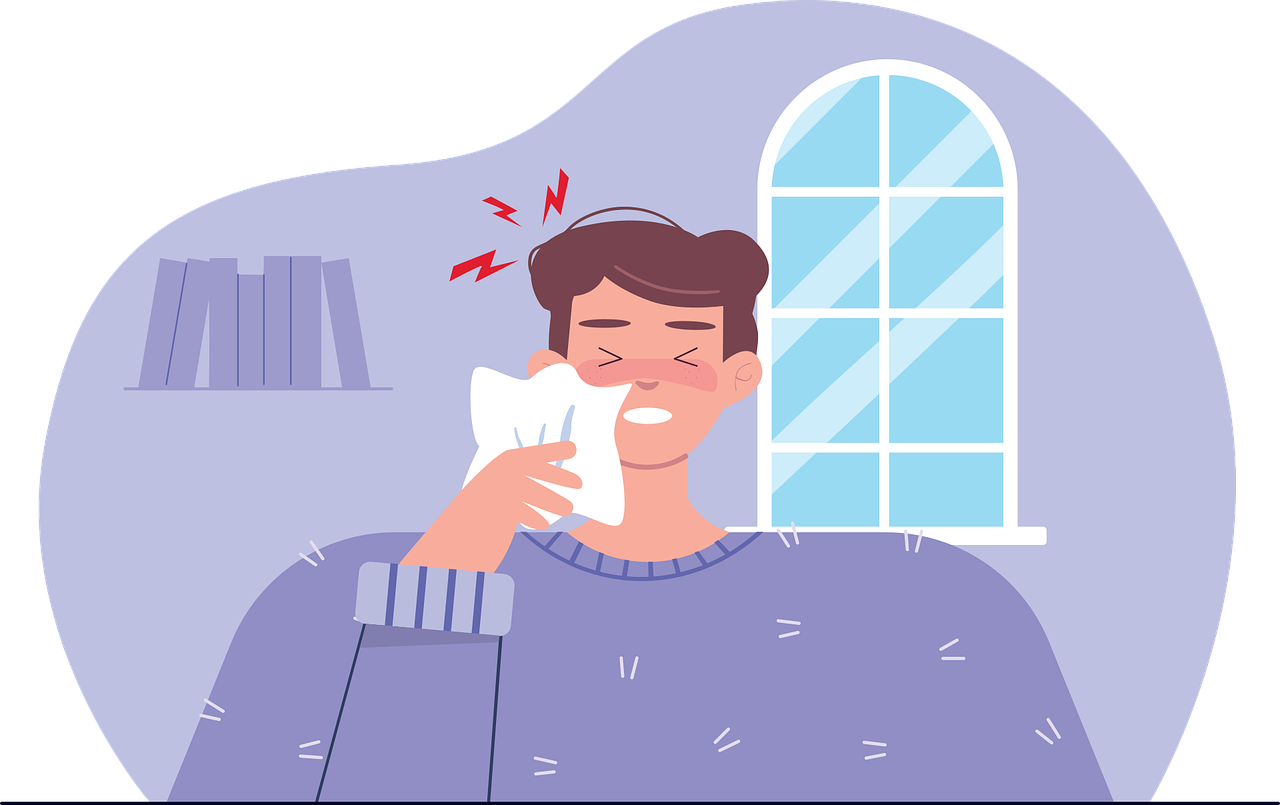
3. Symptoms of Pertussis
The incubation period for pertussis is typically 4–21 days, and the disease progresses through three distinct stages over 6–8 weeks.
Stage 1: Early (Catarrhal Stage)
- Duration: 1–2 weeks
- Key Symptoms:
- Runny nose, mild cough
- Conjunctivitis and increased tear production
- Low-grade fever and upper respiratory symptoms
- Initial "whooping" sound at the end of coughing fits
Stage 2: Paroxysmal (Severe Stage)
- Duration: 2–6 weeks
- Key Symptoms:
- Severe coughing fits: Continuous coughing makes it hard to breathe
- Cyanosis (blueish skin) and redness in the face during coughing
- Post-cough vomiting and thick mucus production
- Serious symptoms like apnea, nasal bleeding, and swelling around the eyes
Stage 3: Recovery Stage
- Duration: 1–2 weeks
- Key Symptoms:
- Gradual reduction in cough frequency and severity
- Diminished post-cough symptoms like vomiting



4. Diagnosis of Pertussis
Pertussis is diagnosed based on symptoms and medical history. Additional tests may include:
- Medical History: Identifying exposure to pertussis patients.
- Blood Tests: Checking inflammatory markers.
- Nasopharyngeal Culture: Detecting Bordetella pertussis.
- PCR Testing: A rapid and accurate diagnostic method.
- Chest X-rays: Assessing complications.
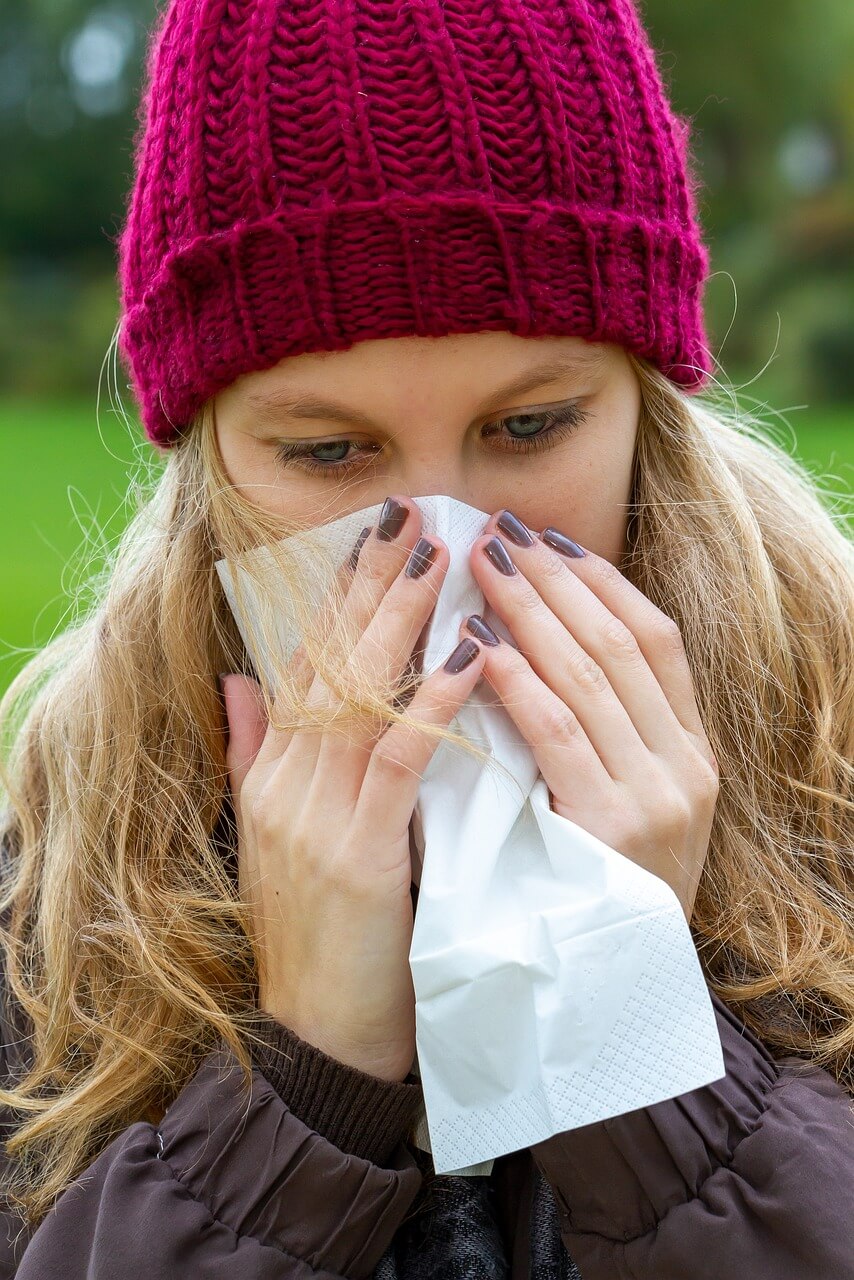

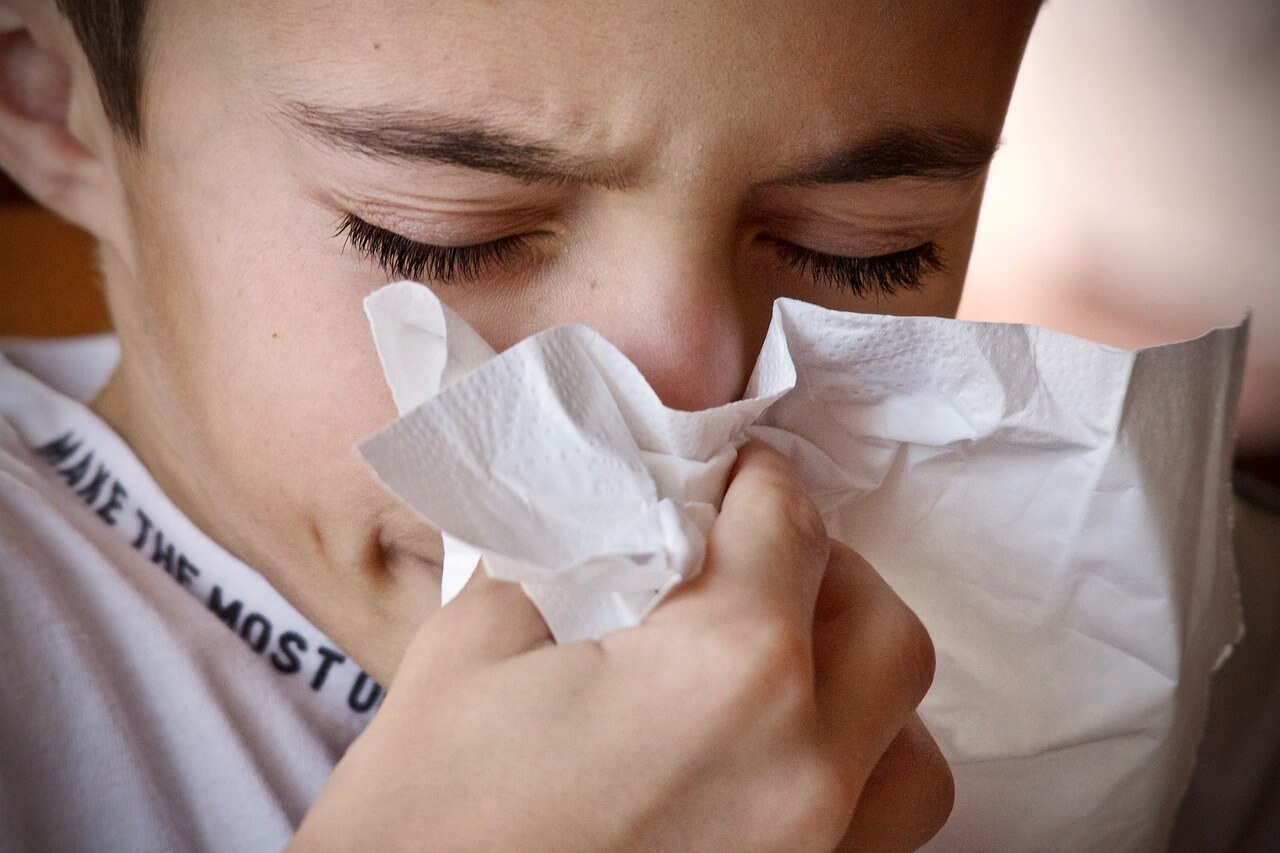
5. Treatment for Pertussis
1) Antibiotic Therapy
- Azithromycin: Effective if administered within the first 14 days of symptom onset.
- Clarithromycin: An alternative antibiotic option.
- Antibiotics help reduce both symptoms and contagion.
2) Hospitalization
- Necessary for infants under 3 months or patients with severe cardiac or neurological symptoms.
3) Supportive Care
- Using humidifiers to ease coughing
- Staying hydrated to prevent dehydration
- Taking fever reducers as prescribed


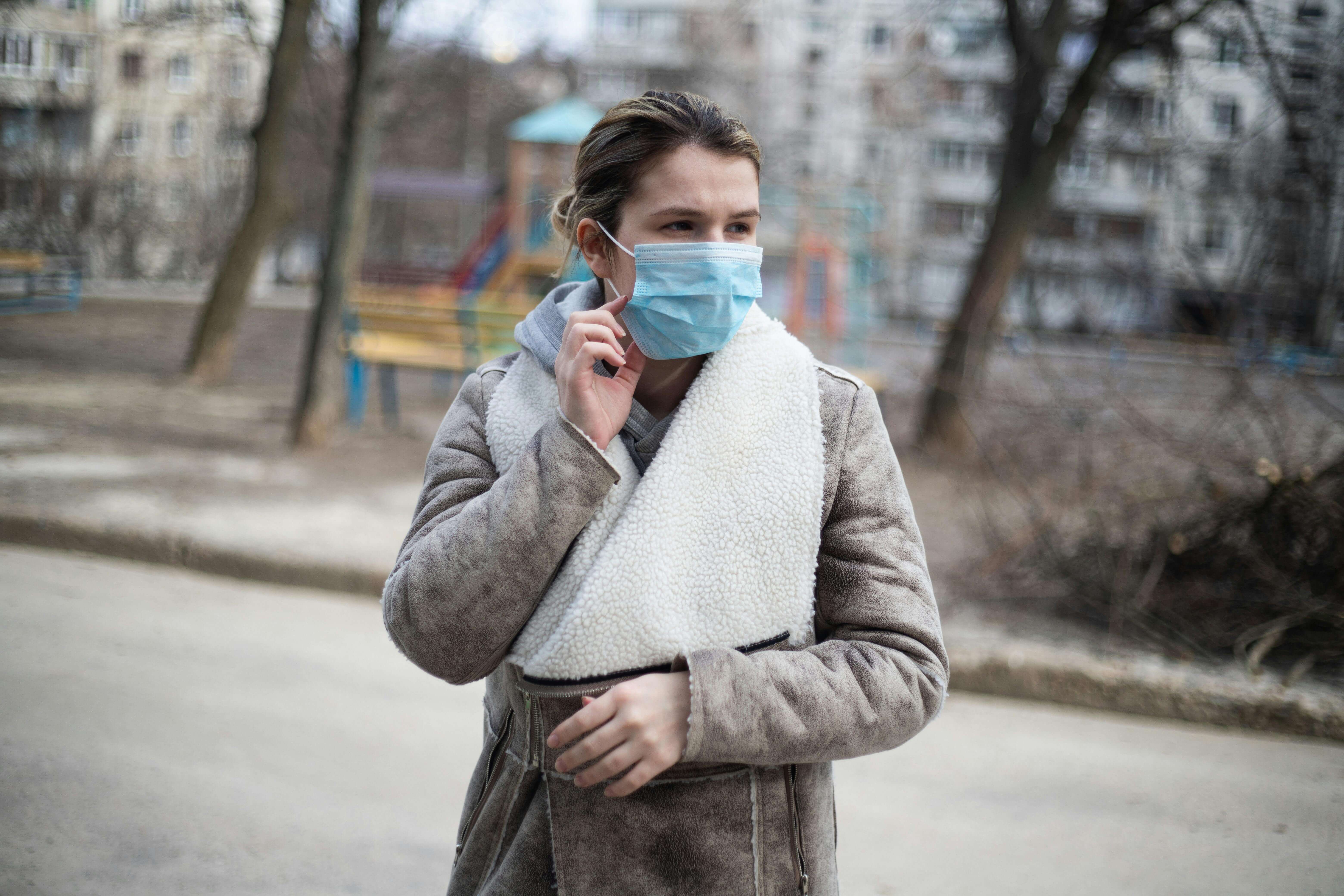
6. Complications and Prognosis
Major Complications:
- Respiratory Complications: Pneumonia, airway blockage, atelectasis
- Neurological Complications: Brain hemorrhage, hypoxia, secondary encephalitis
- Others: Conjunctivitis, nasal bleeding, hernias, rectal prolapse
Infants under 6 months are at the highest risk of severe complications, including death.
7. Prevention of Pertussis
1) Vaccination
- DTaP Vaccine: Administered from 2 months of age as part of routine immunizations.
- Tdap Vaccine: Recommended for adults and pregnant women as a booster.
2) Isolation
- Droplet Isolation: Pertussis patients should be isolated for the first 5 days after starting treatment.
- Untreated patients may require isolation for 3 weeks after symptoms appear.
3) Hygiene Practices
- Cover your mouth and nose when coughing, and wear masks.
- Practice regular handwashing.
- Ensure proper ventilation in living spaces.
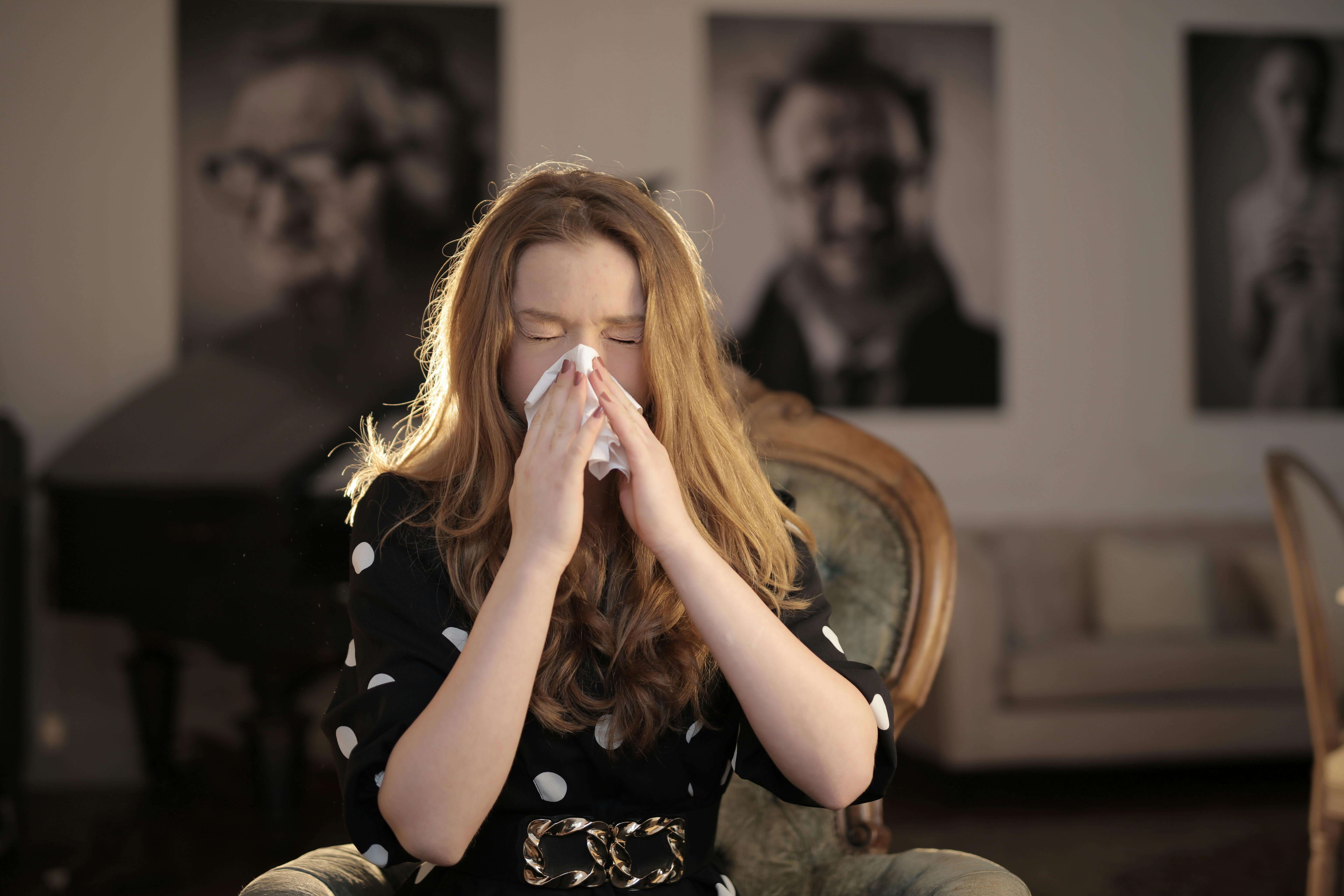

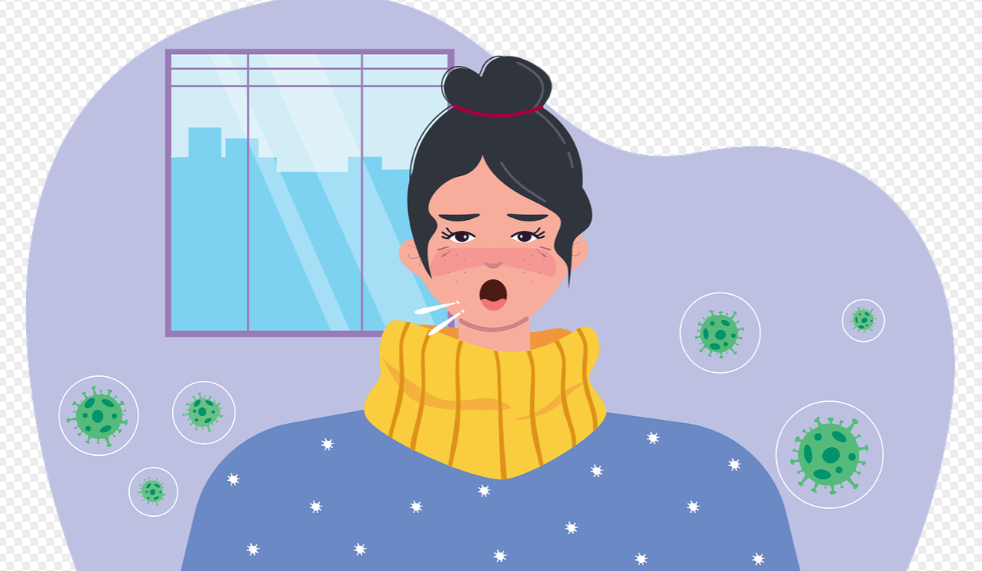
8. Conclusion
Pertussis is a serious illness that requires timely diagnosis and treatment. If you suspect pertussis, visit a healthcare provider immediately for proper care. Vaccination remains the most effective method of prevention, so make sure to adhere to the recommended vaccination schedule.
Understanding the dangers of pertussis and adopting preventive measures can go a long way in protecting your health and that of your loved ones. Stay safe and healthy! 😊